
I’m a huge fan of stories where you can’t quite trust the person telling it! It’s so much more engaging when a character is unreliable – maybe they’re not mentally stable, or maybe they’re intentionally misleading you. As a viewer, it makes you really think and question everything you’re seeing, and it often means you need to watch the movie again to catch all the clues and figure out what really happened. I’ve put together a list of films that really nail this technique – they’re the most mind-bending and rewarding experiences!
‘The Cabinet of Dr. Caligari’ (1920)
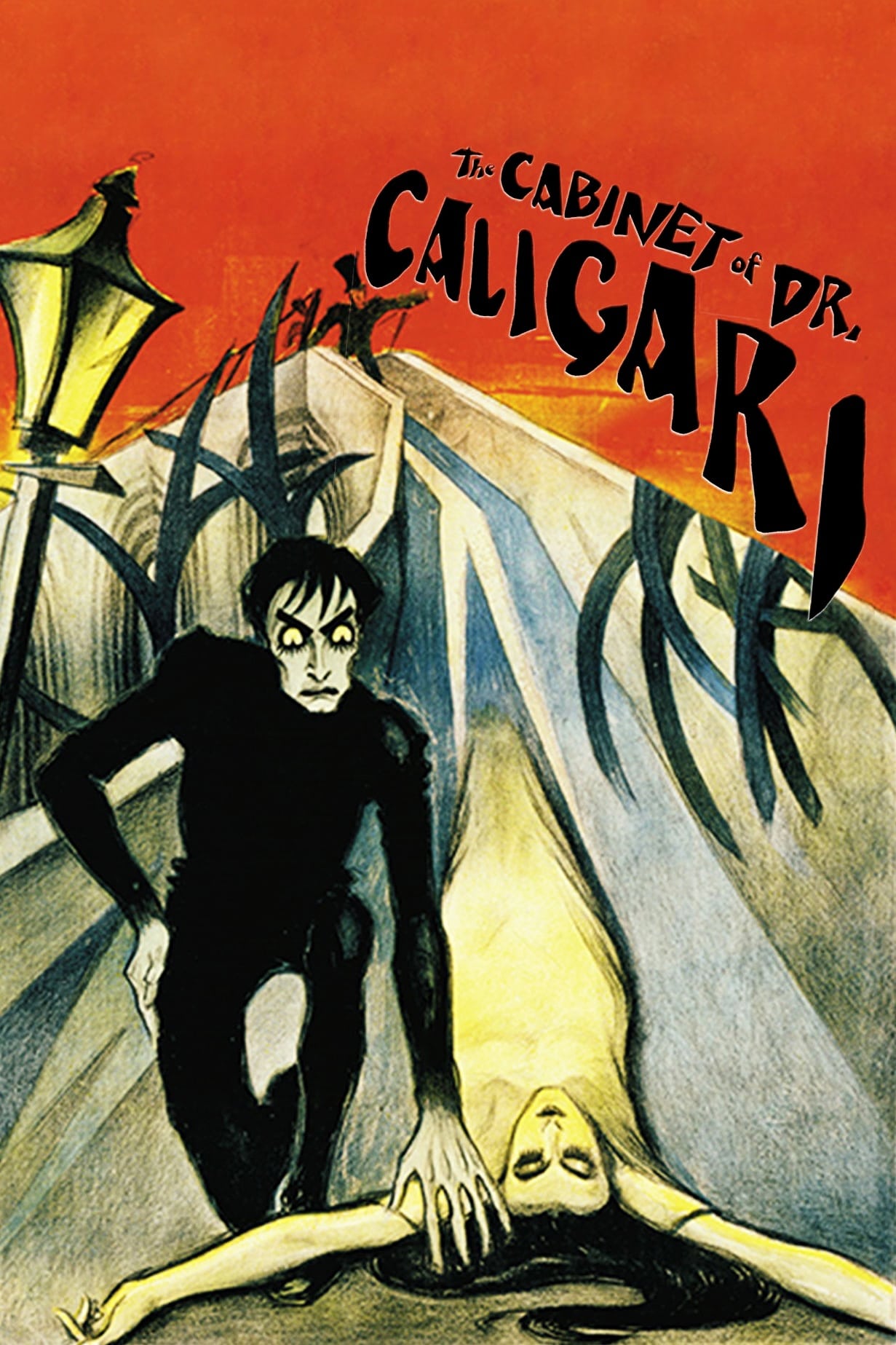
This classic silent film tells the chilling story of a man named Francis who describes a hypnotist using a sleepwalking accomplice to commit murders. The film’s unsettling visuals mirror Francis’s increasingly disturbed state of mind as the story progresses through a stark and fragmented setting. The audience ultimately learns the entire narrative is unfolding within an asylum, and Francis is actually a patient. The film is famous for its shocking twist and is considered a pioneer in using unreliable narrators in cinema.
‘Rashomon’ (1950)

The film centers around a tragic event in a forest, as told by four different people: a bandit, a samurai, the samurai’s wife, and a woodcutter. Each person offers a conflicting account of what happened, involving murder and assault, revealing how self-interest shapes their memories. Directed by Akira Kurosawa, the story explores the idea that truth isn’t fixed, but can be altered by personal pride and how we remember things.
‘Fight Club’ (1999)
A man who can’t sleep meets an intriguing soap salesman named Tyler Durden, and together they create a secret underground fight club. As the man embraces violence and rejects consumerism, his life becomes increasingly chaotic. Eventually, it’s revealed that Tyler is actually a manifestation of the man’s own split personality, a condition called dissociative identity disorder. This shocking discovery makes the viewer question everything that happened in the film and how it was perceived.
‘The Usual Suspects’ (1995)
Roger Kint, nicknamed “Verbal,” tells a customs agent the story of a deadly shootout that happened on a boat. He claims a mysterious and powerful criminal mastermind named Keyser Söze was behind the robbery that led to the violence. As the police question Kint, he crafts his story, unknowingly using details he overheard from a notice board in the office. The shocking truth is revealed at the end: the seemingly harmless Kint was actually in control of the situation all along, cleverly deceiving everyone.
‘Memento’ (2000)
Leonard Shelby has a rare condition that prevents him from forming new memories, and he’s on a quest to find the man who killed his wife. Because he can’t remember things as they happen, he uses tattoos and photos as reminders. The story is told in reverse order, reflecting Leonard’s confusion. As the film unfolds, it becomes clear that Leonard might be deceiving himself, altering evidence to give his life meaning.
‘American Psycho’ (2000)

Patrick Bateman is a rich banker who says he secretly lives a life as a murderer. He vividly describes terrible crimes while also obsessing over his appearance. The movie makes it unclear if Bateman’s violent thoughts are real or just fantasies, and people around him don’t seem to notice anything is wrong. The ending is left open to interpretation, leaving viewers to wonder if the killings ever actually happened.
‘Shutter Island’ (2010)

Okay, so I just finished watching this film, and it’s a real mind-bender. It starts with a U.S. Marshal, Teddy Daniels, heading to this incredibly isolated island asylum to look into a missing patient. As he digs deeper, he’s convinced there’s something seriously wrong, a huge conspiracy involving some really disturbing medical experiments. But here’s the twist – and it’s a big one. The doctors start hinting that Teddy isn’t who he thinks he is. Turns out, ‘Teddy Daniels’ is actually a patient named Andrew Laeddis, and the whole detective act? It’s a way his mind is trying to deal with a devastating family tragedy. It’s a slow burn, but the reveal completely reframes everything you’ve seen. Seriously unsettling and brilliantly done.
‘Gone Girl’ (2014)

When Nick Dunne’s wife, Amy, vanishes on their fifth wedding anniversary, he quickly becomes the main suspect. The story is told through Nick’s eyes, alongside diary entries revealing a failing marriage. It’s eventually revealed that Amy faked her own kidnapping as revenge for Nick’s cheating and emotional neglect. Both Nick and Amy actively try to control how the story is perceived, manipulating the public and the reader.
‘A Beautiful Mind’ (2001)
John Nash, a brilliant mathematician, developed important ideas in game theory while also working on classified government projects. Throughout his journey, he relies on guidance from a roommate and a government agent, but the film eventually shows these figures are actually hallucinations stemming from his struggles with paranoid schizophrenia. Nash must learn to separate what’s real from his delusions in order to rebuild his life.
‘The Sixth Sense’ (1999)

I absolutely love this movie! It’s about a child psychologist, Malcolm Crowe, who’s trying to help this little boy who says he can see ghosts. It’s really compelling, but it’s also heartbreaking because you learn Crowe is dealing with his own problems, like being distant from his wife. What makes it really clever is that the movie doesn’t tell you right away, but Crowe is actually a ghost himself! We see everything through his eyes, and it’s only when he finally understands what happened to him that things start to click. It’s such a brilliantly constructed story!
‘Taxi Driver’ (1976)
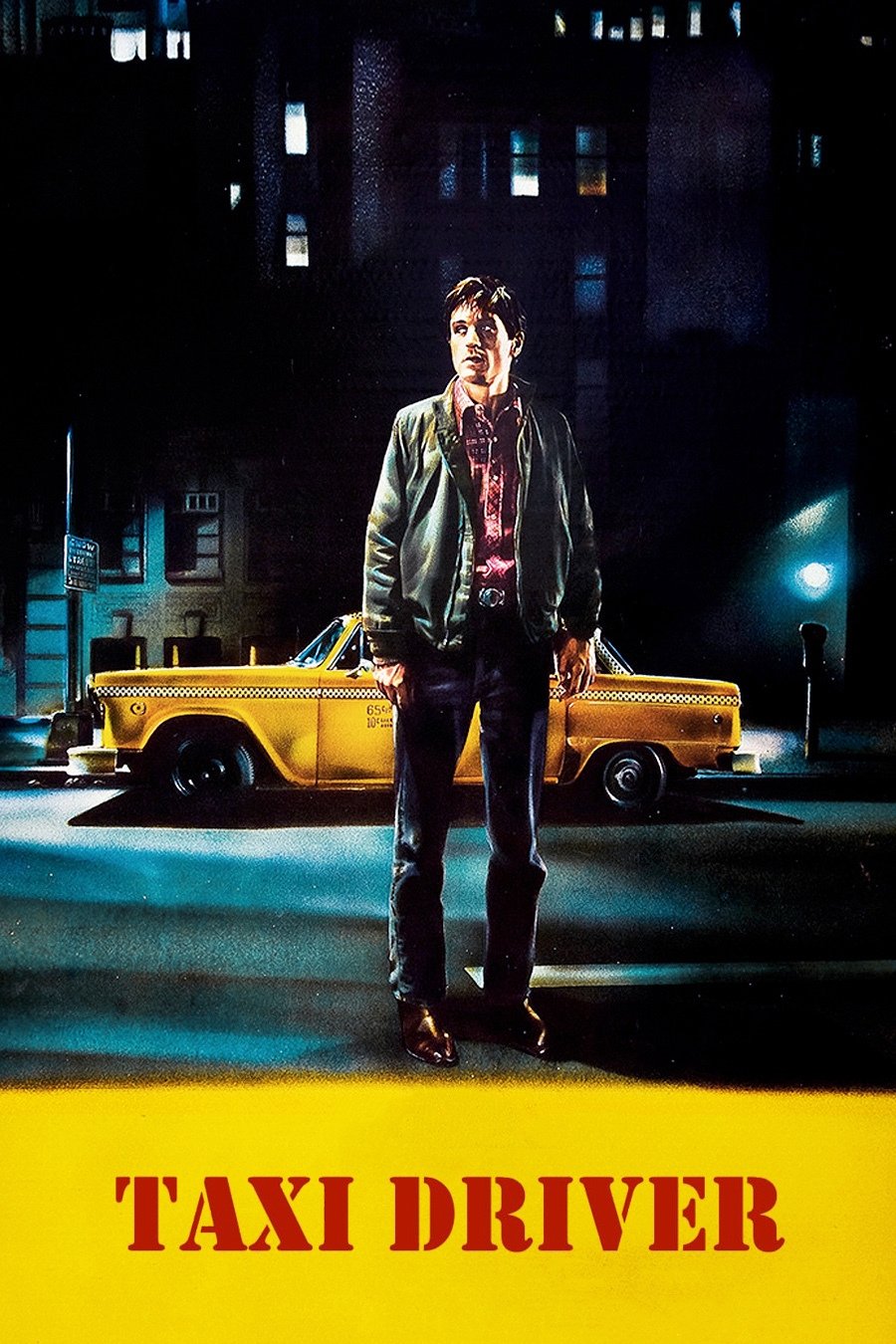
Travis Bickle, a solitary war veteran, drives a taxi through a rundown New York City. His personal journal shows he’s becoming increasingly fixated on violence and determined to rid the city of what he sees as undesirable people. We experience the story through his disturbed point of view as he spirals into mental instability and takes the law into his own hands. The intense final gunfight and the way people react to him might be a delusion, a fantasy he desperately wants to believe is true.
‘Black Swan’ (2010)

Nina Sayers is a committed ballerina striving to win the challenging role of both the White and Black Swan. The intense stress causes her to experience vivid hallucinations – seeing and hearing things that aren’t there – which physically affect her. She begins to see a fellow dancer as a dangerous rival, threatening not only her chance at the role but also her mental stability. The movie shows her descent into psychological turmoil so realistically that it becomes difficult to distinguish between what’s real and what’s happening in her mind.
‘Joker’ (2019)

Arthur Fleck is a troubled man in Gotham City, battling mental health issues and loneliness. He dreams of being a successful comedian and having a connection with his neighbor, but his life is actually falling apart. As his fantasies grow, he develops a violent side that sparks a massive riot throughout the city. However, the whole story could be a lie Arthur is telling to his doctor while in a mental hospital.
‘Big Fish’ (2003)

Edward Bloom loves to tell his son incredible, larger-than-life stories about his adventures. As Edward gets older and their relationship is strained, his son tries to figure out what’s real and what’s made up. The movie implies that these colorful stories reveal more about who Edward truly was than simple facts ever could. The way Edward tells his stories isn’t about lying; it’s about creating a personal legend.
‘Life of Pi’ (2012)

After a devastating shipwreck, Pi Patel finds himself stranded on a lifeboat with an unexpected companion: a Bengal tiger named Richard Parker. He tells a writer the unbelievable story of their journey across the Pacific Ocean. Later, Pi shares a second, much more disturbing account of the events, this time involving human survivors and their descent into desperation. Ultimately, the listener is left to decide which story feels more true.
‘Primal Fear’ (1996)

Martin Vail, a lawyer, defends a quiet church assistant accused of killing an archbishop. During the trial, the assistant seems to experience memory loss and develops a violent alter ego named Roy. Vail successfully argues his client is legally insane, avoiding a guilty verdict. However, the ending shockingly reveals the assistant was faking the mental illness all along and is actually a sociopath.
‘Identity’ (2003)
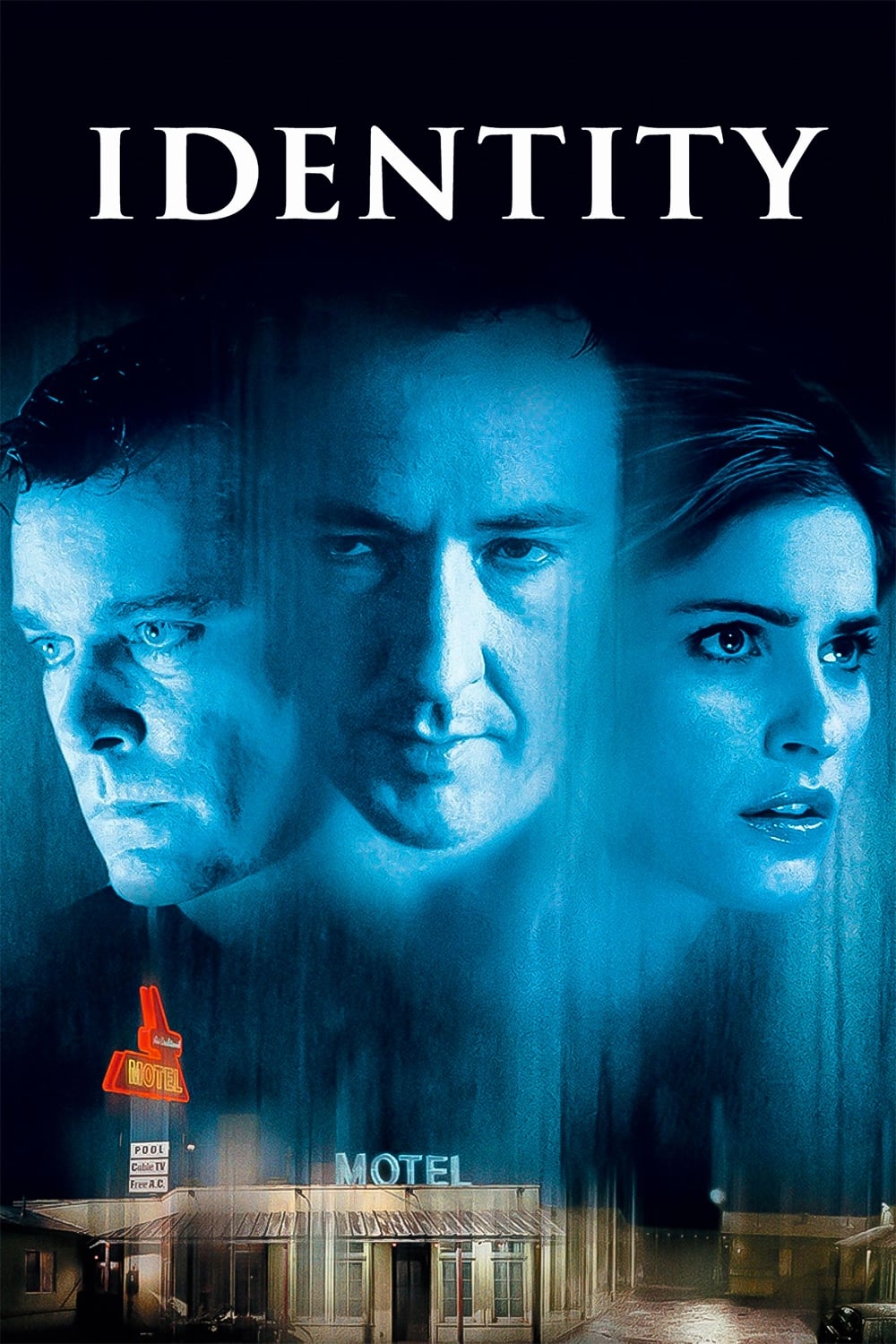
A group of ten strangers are trapped together at a remote motel during a heavy rainstorm, and they start dying one by one. As they try to figure out who’s killing them, they discover the events are actually a reflection of a killer’s troubled mind – a psychological battle playing out during a legal proceeding. Each character embodies a different part of the killer’s personality, fighting for control.
‘Donnie Darko’ (2001)
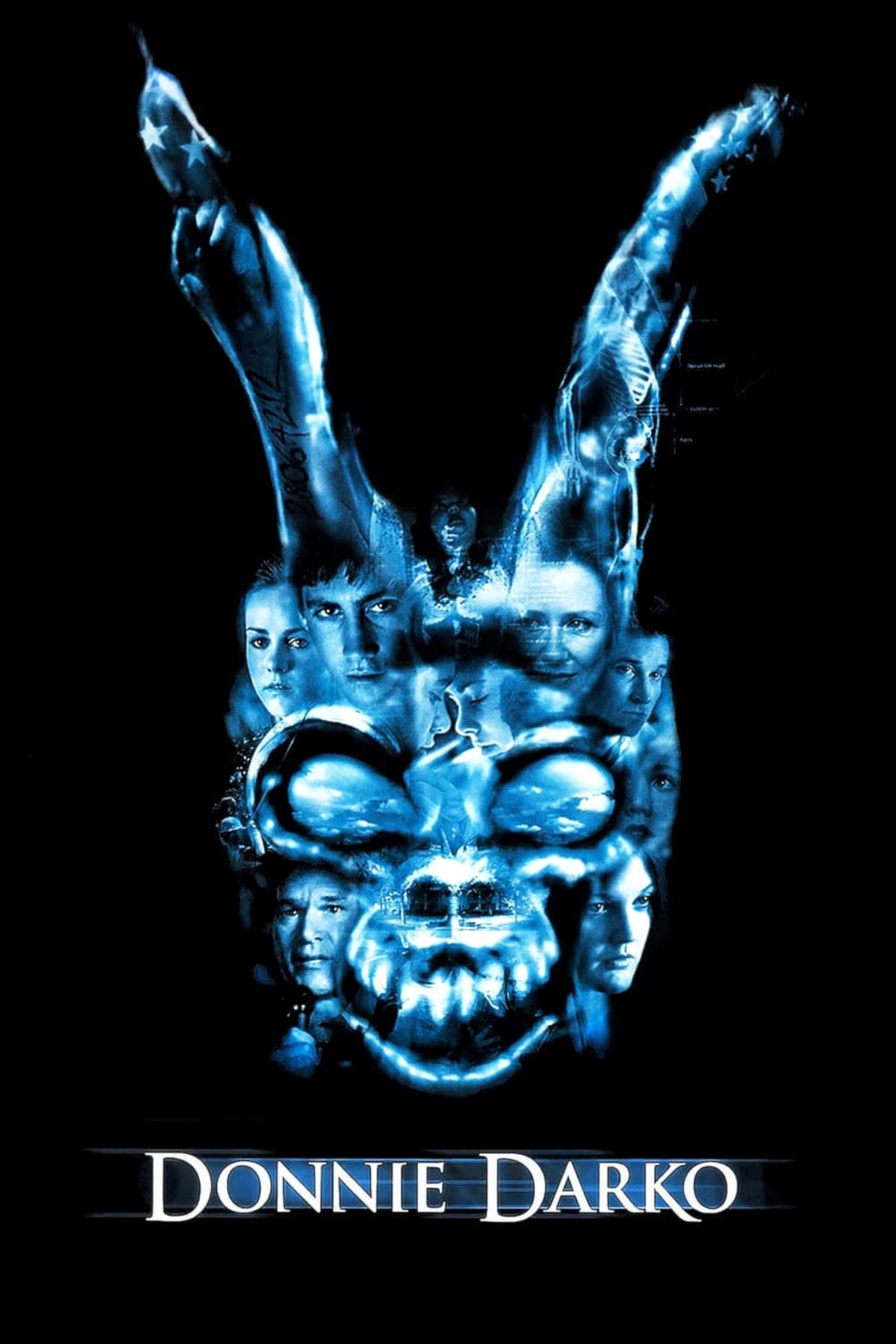
A teenager narrowly survives a bizarre accident when a jet engine crashes through his bedroom. Afterward, he starts seeing a mysterious figure in a rabbit suit who warns him the world will end in 28 days. Haunted by these visions, Donnie engages in strange behavior and explores complex ideas about time travel. The movie deliberately leaves the audience questioning whether he’s experiencing a mental illness or if he’s somehow caught in an alternate reality.
‘A Clockwork Orange’ (1971)

I’m totally captivated by ‘A Clockwork Orange’ and the way it’s told. It’s from the perspective of Alex, this incredibly charismatic but deeply troubled leader of a gang, and he recounts all these awful things they do in a really bleak future. What’s so strange and effective is the slang he uses – it’s called Nadsat – and it creates this distance, almost like you’re not fully processing the violence as it happens. But then the government tries to ‘cure’ him with this intense aversion therapy, and it’s horrifying because you’re forced to see things from his point of view, even as he loses his ability to choose. It really makes you question what it means to be good or evil when someone’s free will is taken away. It’s disturbing, but brilliant.
‘The Wolf of Wall Street’ (2013)

Jordan Belfort’s story details his journey from a successful stockbroker to a criminal who committed large-scale fraud. He directly addresses the audience, explaining how he cheated the system and openly bragging about his wild, drug-filled life. The movie shows a world of extreme wealth and luxury, mirroring Belfort’s own distorted values where making money was more important than doing what was right. He presents a one-sided view, celebrating his crimes and minimizing the devastating impact they had on the people he harmed.
Read More
- Silver Rate Forecast
- Gold Rate Forecast
- Красный Октябрь акции прогноз. Цена KROT
- MSCI’s Digital Asset Dilemma: A Tech Wrench in the Works!
- Dogecoin’s Big Yawn: Musk’s X Money Launch Leaves Market Unimpressed 🐕💸
- Bitcoin’s Ballet: Will the Bull Pirouette or Stumble? 💃🐂
- Guardian Wealth Doubles Down on LKQ Stock With $1.8 Million Purchase
- Binance and Botim Money Join Forces: Crypto in the UAE Gets a Boost-Or Does It? 🚀
- Twenty One Capital’s NYSE debut sees 20% fall – What scared investors?
- Monster Hunter Stories 3: Twisted Reflection gets a new Habitat Restoration Trailer
2025-11-24 18:47